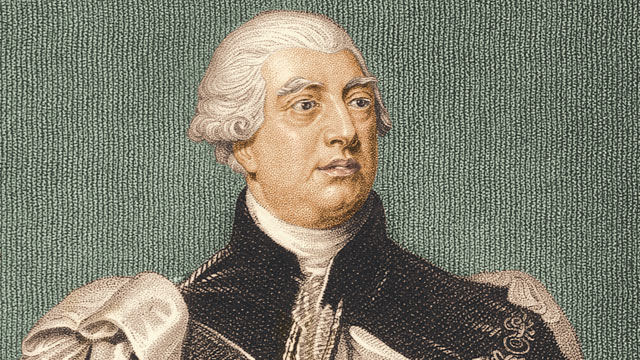The 300th anniversary of George I coming to the British throne on 1 August 1714 is big news in his home town of Hanover in Lower Saxony. Five shows are being put on in Hanover and the Hanoverian country schloss in nearby Celle, an utterly charming town that largely escaped the attentions of Allied bombers in the war.
The same can’t be said for Hanover, an important railway and manufacturing city flattened by our boys. Still, enough has been restored to make it worth a visit, not least the Herrenhausen Palace, the Hanovers’ austerely classical summer residence, burnt to the ground in 1943 and rebuilt last year by Volkswagen at vast expense.
My God, the German devotion to high culture is quite shaming — can you imagine a British car company rebuilding a British country house; that is, if most British car companies hadn’t already been rescued by foreign interests, many of them German.
Most of the Hanoverian art collection remained in Germany when George I came over to Britain. But he did bring 100 servants here with him, and a German menu, too; bratwurst, and lots of offal dishes, became favourites at the British royal table. As late as 1803, George III raised a special German corps under British command, the King’s German Legion, which fought under Wellington during the Peninsular war and at Waterloo. How things would change a century or so later.
Many of the exhibits in Hanover are borrowed from Britain, such as George I’s state crown, on loan from the Queen, used at all the coronations of our Hanover kings. Also on show is George III’s Hanover dinner service, borrowed from the Rothschild collection at Waddesdon Manor.
Less familiar is George IV’s gold rococo 1782 State Coach, taken back to Hanover in 1814.







Comments
Join the debate for just £1 a month
Be part of the conversation with other Spectator readers by getting your first three months for £3.
UNLOCK ACCESS Just £1 a monthAlready a subscriber? Log in